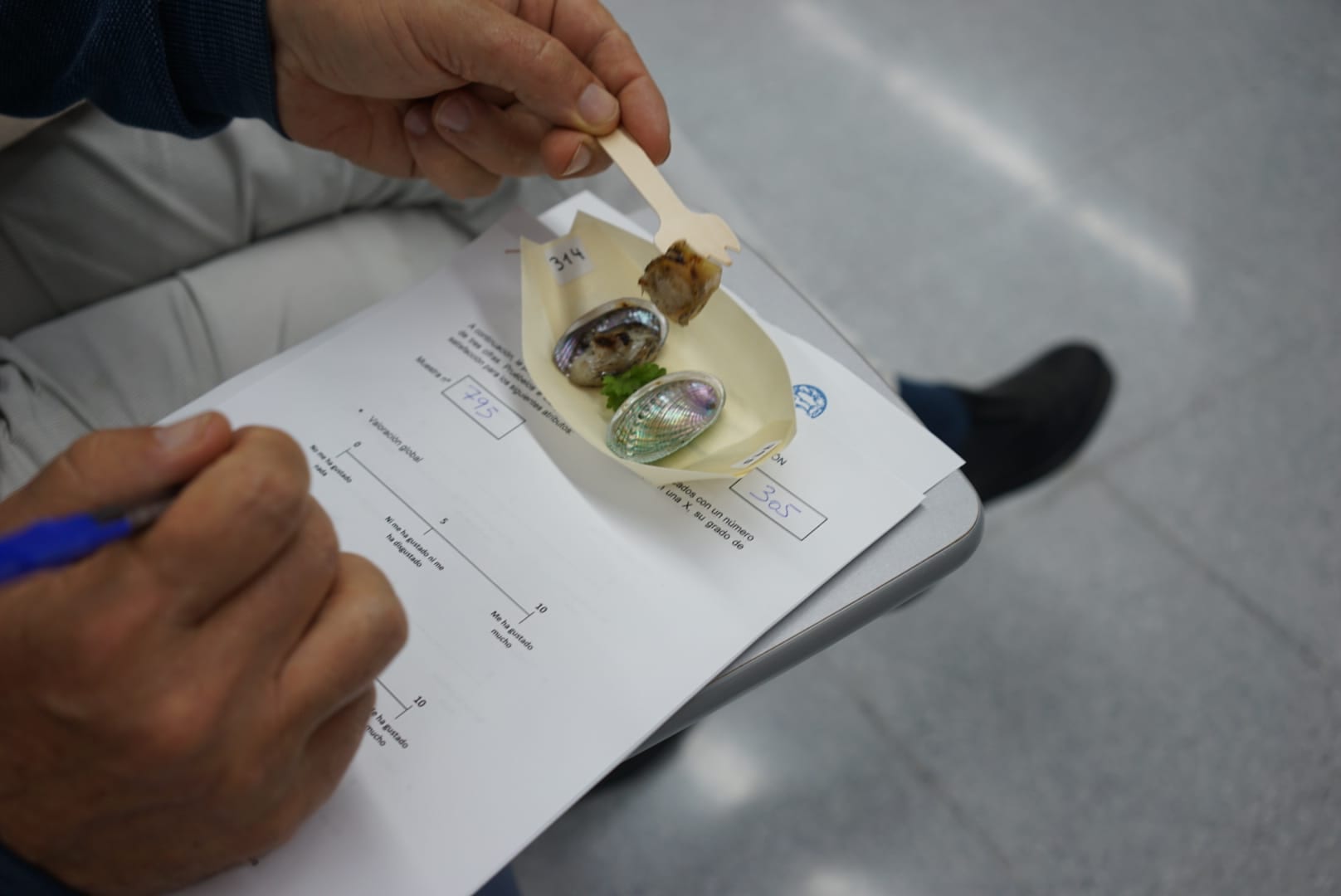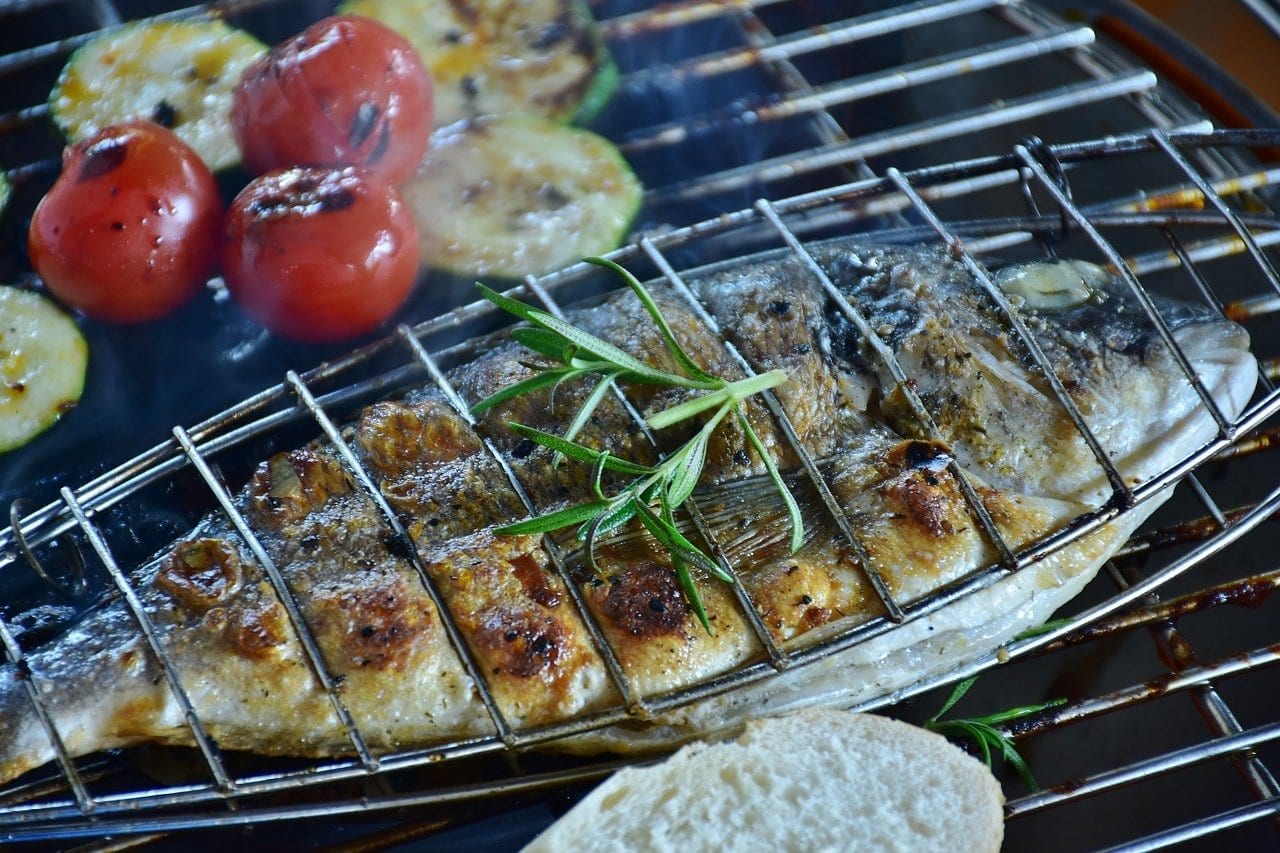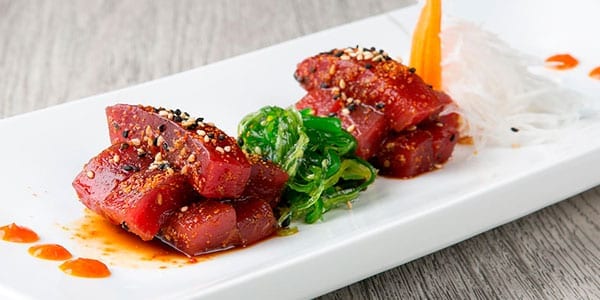Have you ever heard of abalone? This curious marine food is found in several areas of Spain but, now, it is also born from aquaculture in the University Institute for Research in Sustainable Aquaculture and Marine Ecosystems (IU-Ecoaqua) in Las Palmas de Gran Canaria, where they have successfully closed the cycle of their upbringing and production. Do you want to know what it is and how do they get this mollusk? We reveal it to you below.
What is abalone?
La abalone is a mollusk of good size, with a single shell, a close relative of the lapa. It bears a certain resemblance to snails, with its body almost entirely made up of a muscular foot. It is also provided at its extremity with a head with a pair of eyes and tentacles sensory.
It is currently in the catalog of protected species of the Archipelago and the rest of the Macaronesian, where is he from. Likewise, it is an especially healthy delicacy due to its low fat content and its high protein and Omega 3 content.
La abalone is scientifically known as Haliotis tuberculata coccinea, although it is popularly called abalone, and is considered the most expensive seafood in the world. For example, in Asian cuisine it is prepared in multiple ways reaching prices as high as 160€ the plate. Although that is nothing compared to the large specimens that reach the € 2.000 per kilo for sale in Japan.
En Europe, with specimens of smaller sizes than those of other regions, the production is exclusively focused on a farm in the French brittany. Four tons are sold there a year and they have the only ecological certification of the world by the diet that uses in the feeding of the copies. The purchase of these species can be around 70 or even at 100 euros per kilo.
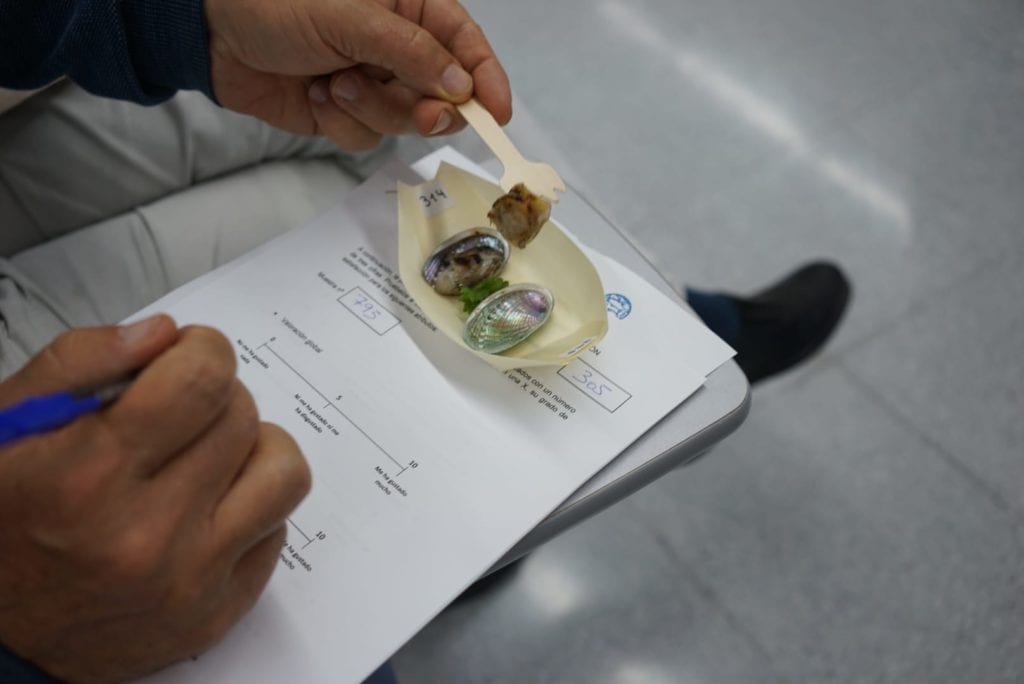
How has the breeding and production process been in the IU-ECOAQUA?
The abalone brood It is not easy or economical, since its diet is based on macroalgae, a product that is not abundant in the Canarian Archipelago. And in the natural environment they are able to devour 25 kilos of seaweed until they reach adulthood. Therefore, fully completing the cycle of this endemic species has cost around 20 years of study in the Canary Islands. This is considering that the investigation of each stage of production started from scratch.
But once these various barriers are overcome, the IU-ECOAQUA of the ULPGC has managed to control the induction of spawning, the larval cycle, achieve the survival of the young in the postlarval phase and then develop an adequate diet that favors the frequency of spawning and improves the quality of the species and its flavor. Since one of the advantages that the Canary Archipelago has with respect to Asian production is that, due to its privileged climate, you can develop several clutches per year of the abalone, whereas in temperate zones these are limited to reduced intervals of the year.
Finally, you should know that the specimens of the Macaronesian species can reach a maximum of about 10 centimeters after several years of production. Although the commercial size recommended by the researchers is about 4 or 5 centimeters, centered on a 18 to 22 month production cycle. It is what is called as a «cocktail size«. That is to say, standardization of the same size to be used for haute cuisine is essential and that is only achieved with aquaculture, given that the presentation of the dish is one of the main requirements of gourmet restaurants.
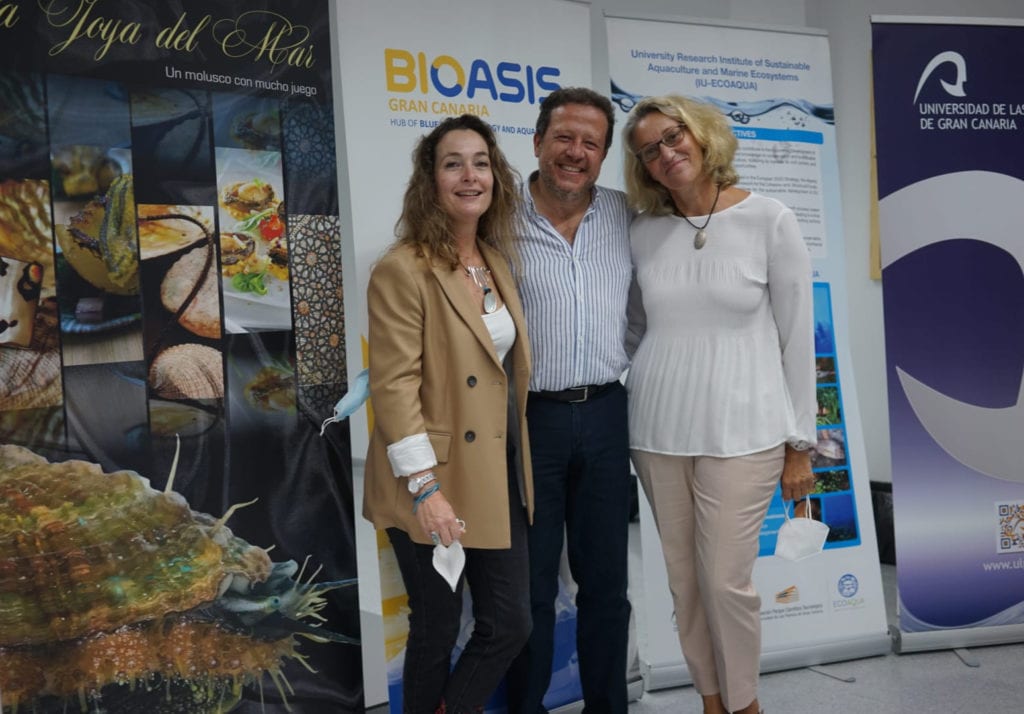
Now that you know something more about this marine delicacy With such a high price, we hope you can try it at least once in your life to discover its unique flavor and healthy properties. Did you know it was the most expensive seafood in the world before reading our article? What did you think of its intense breeding and production process? Did you expect that to fully complete the cycle it would have cost IU-ECOAQUA about 20 years of study? It seems impressive to us.


